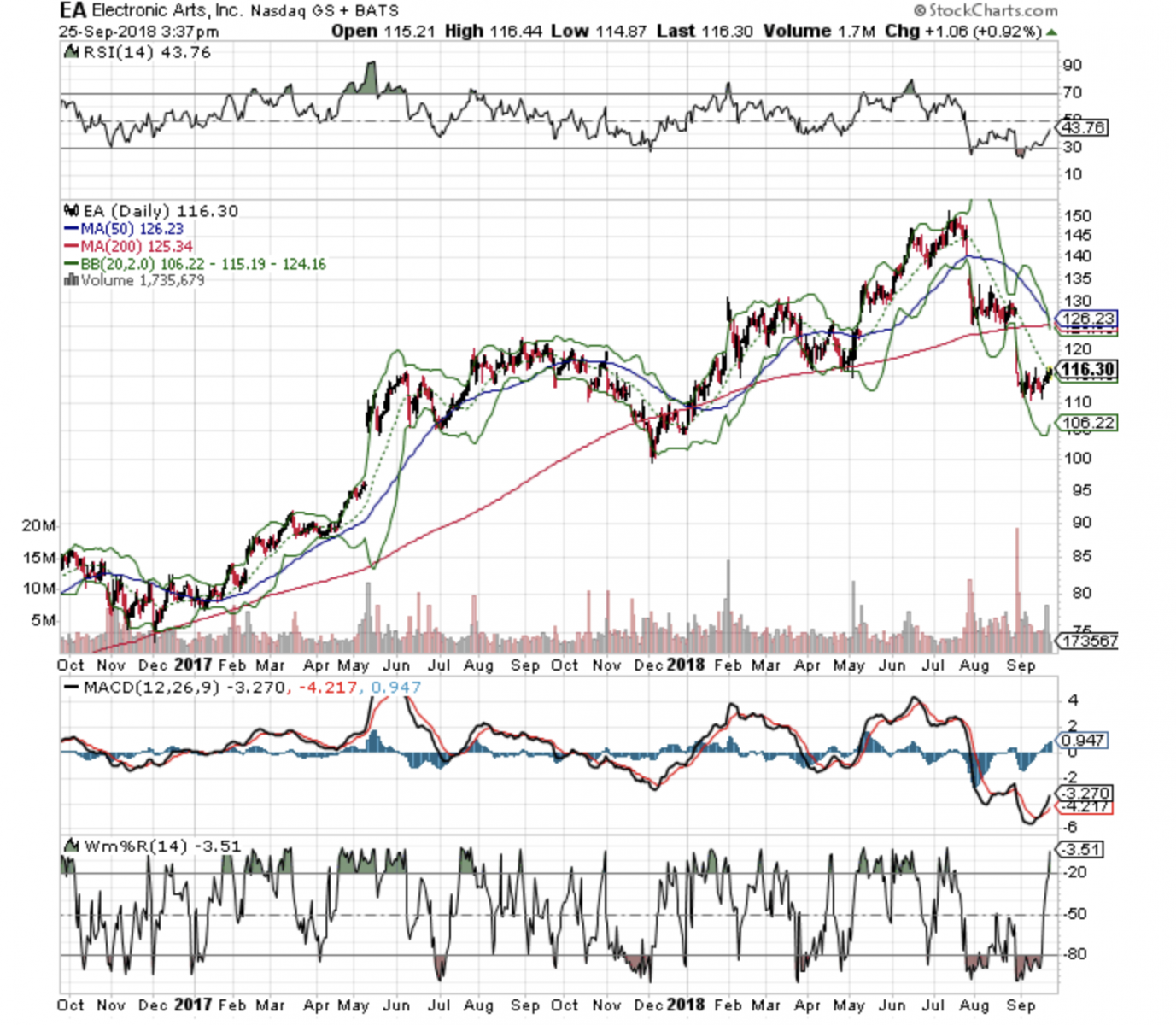The Two-Step Process to Uncovering Value after a Pullback

“Why would I want to touch a stock that just plummeted?”
My answer, “Why not?”
What many traders don’t understand is that many pullbacks create opportunities, especially when it happens to a well-known stock.
But that doesn’t mean you should run out and buy any stock because it pulled back.
You have to do your due diligence first.
First, you need to understand why the stock pulled back. If the reasoning for the pullback is weak, you may have just found an opportunity for example.
And second, you want to wait for the technical pivot points to tell you when to buy.
Look at Electronic Arts (NYSE:EA) for example.

The stock plummeted after delaying the release of Battlefield V to November 20, 2018. It also lowered its full-year guidance on the delay.
But the delay wasn’t a bad thing at all. In fact, it may have been beneficial to success.
It actually allowed the company to release the game after two other hot releases. For example, Take Two’s Red Dead 2 was expected late October 2018, and was expected to be a monster seller. In mid-October, Activision Blizzard was releasing Call of Duty: Black Ops 4, which was another big release.
So, by releasing its game in November, it gave EA breathing room.
In short, the “bad news” wasn’t so bad at all.
Now we look at the technical pivot points. Following the pullback, the stock found double bottom support, and was sitting at its lower Bollinger Band (2,20). In addition, RSI was back to a November 2017 low. MACD was historically stretched.
And Williams’ %R was below its 80-line.
Not only did we find evidence of a clear overreaction, we found evidence that fear was priced in and greatly overdone.
By applying the same research to any pullback, you can spot opportunity.



